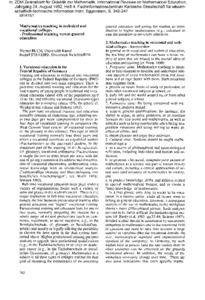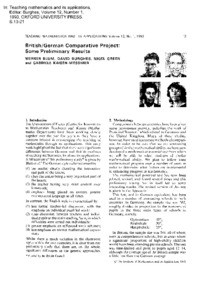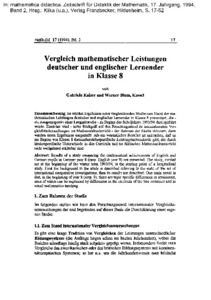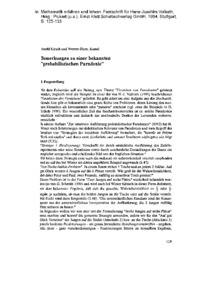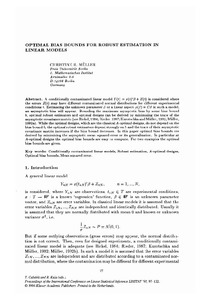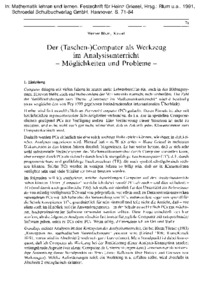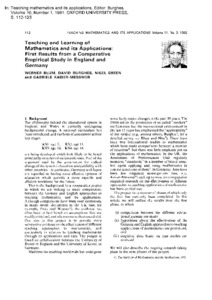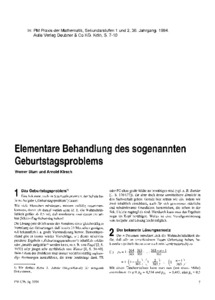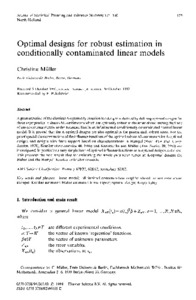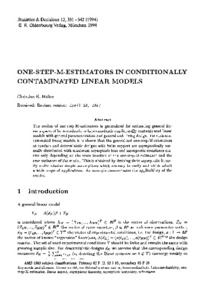Suche
Anzeige der Dokumente 1-10 von 18
Aufsatz
 Bemerkungen zu einer bekannten "probabilistischen Paradoxie"
Bemerkungen zu einer bekannten "probabilistischen Paradoxie"
(Pickert, Günter (Hrsg.), 1994)
Aufsatz
 Optimal bias bounds for robust estimation in linear models
Optimal bias bounds for robust estimation in linear models
(Caliński, Tadeusz (Hrsg.), 1994)
Aufsatz
 Der (Taschen-)Computer als Werkzeug im Analysisunterricht
Der (Taschen-)Computer als Werkzeug im Analysisunterricht
(Postel, Helmut (Hrsg.), 1991)

